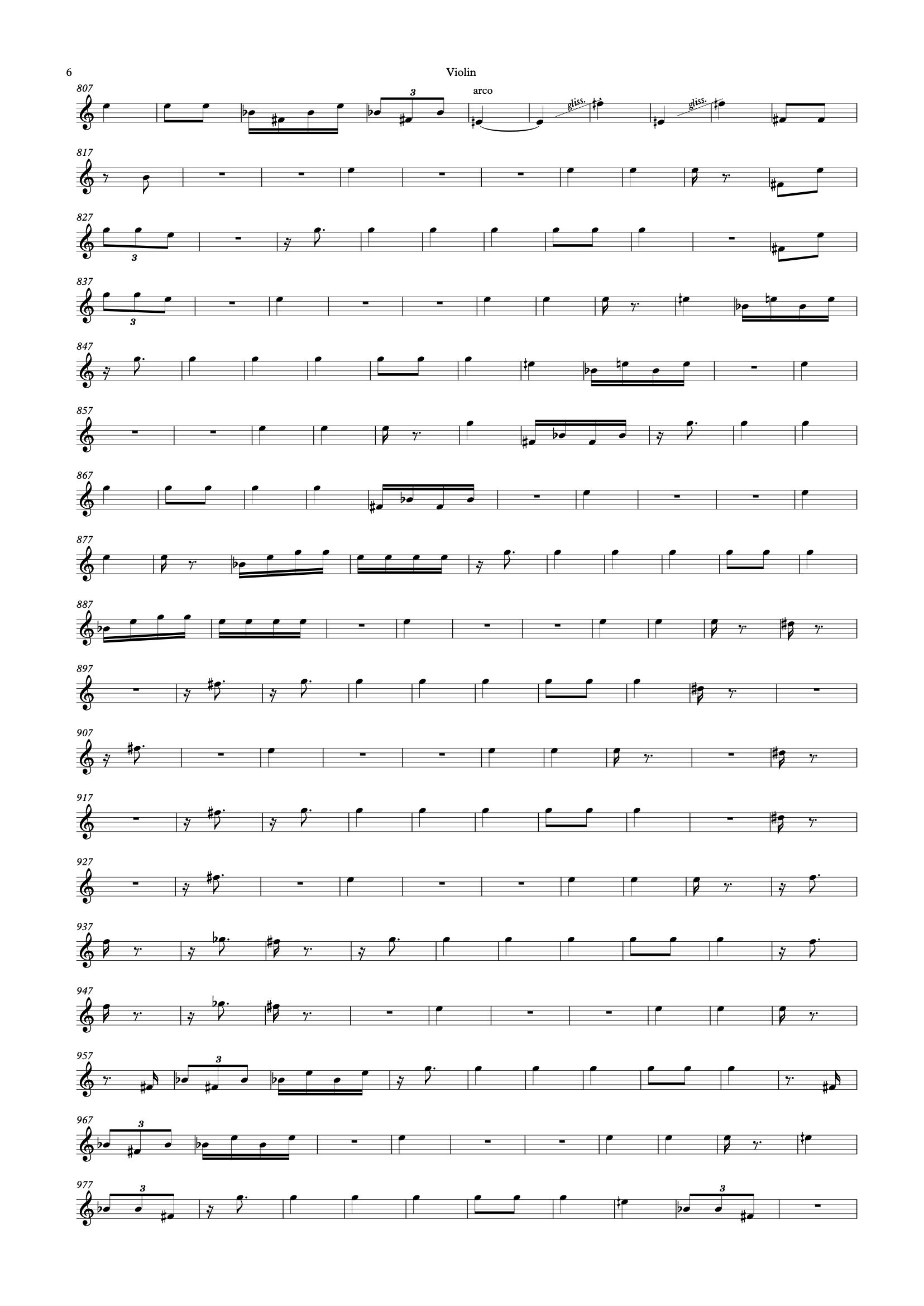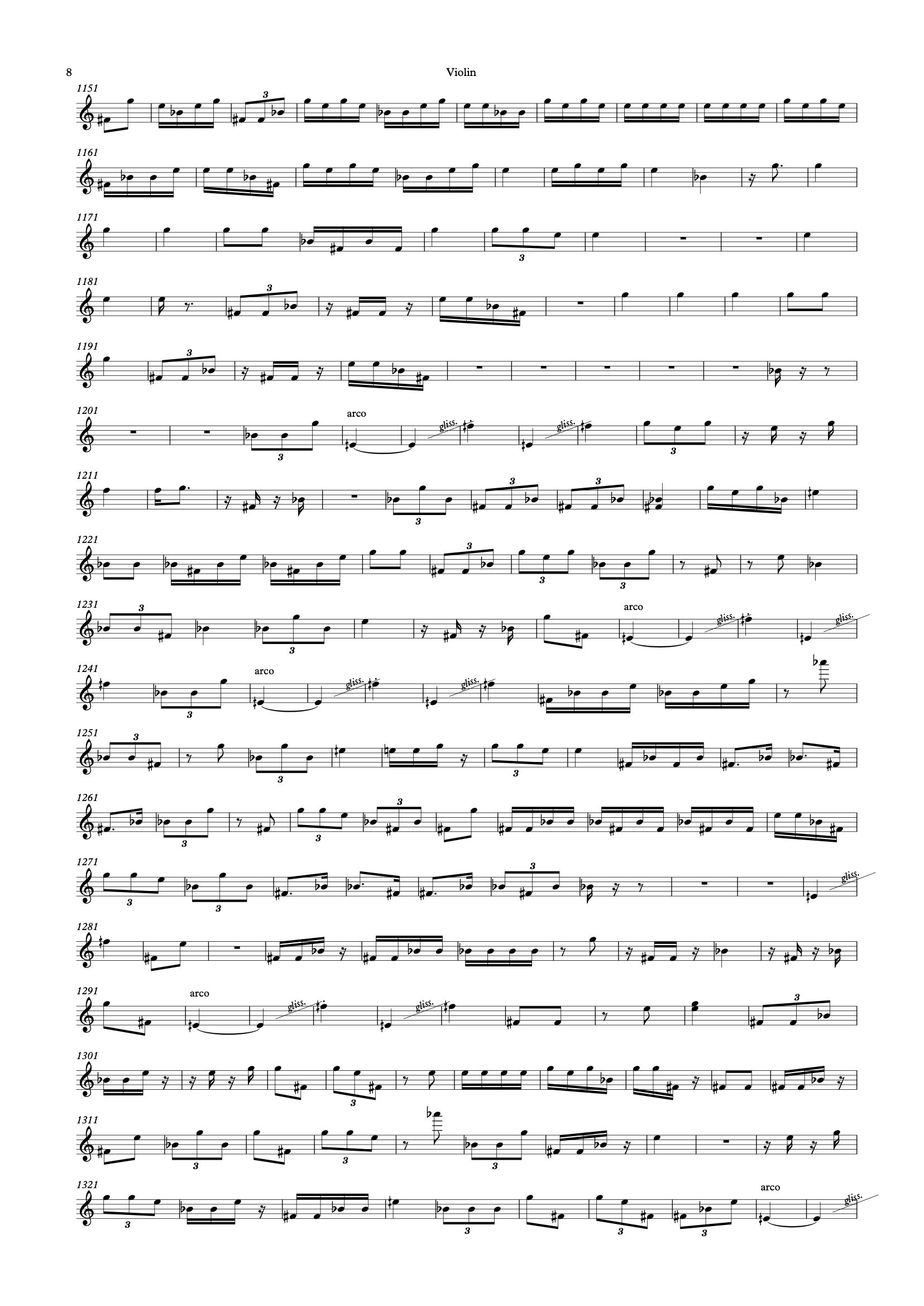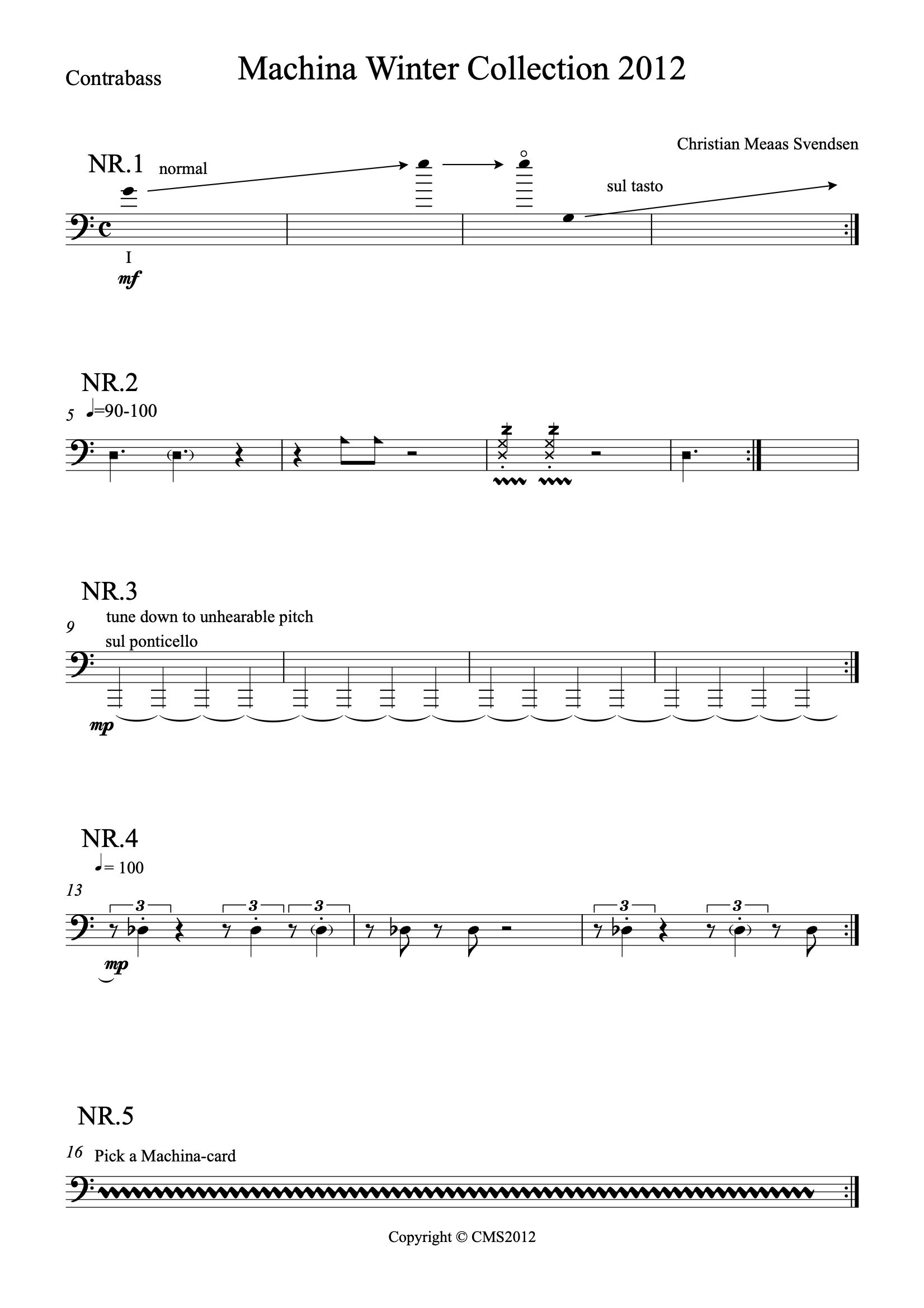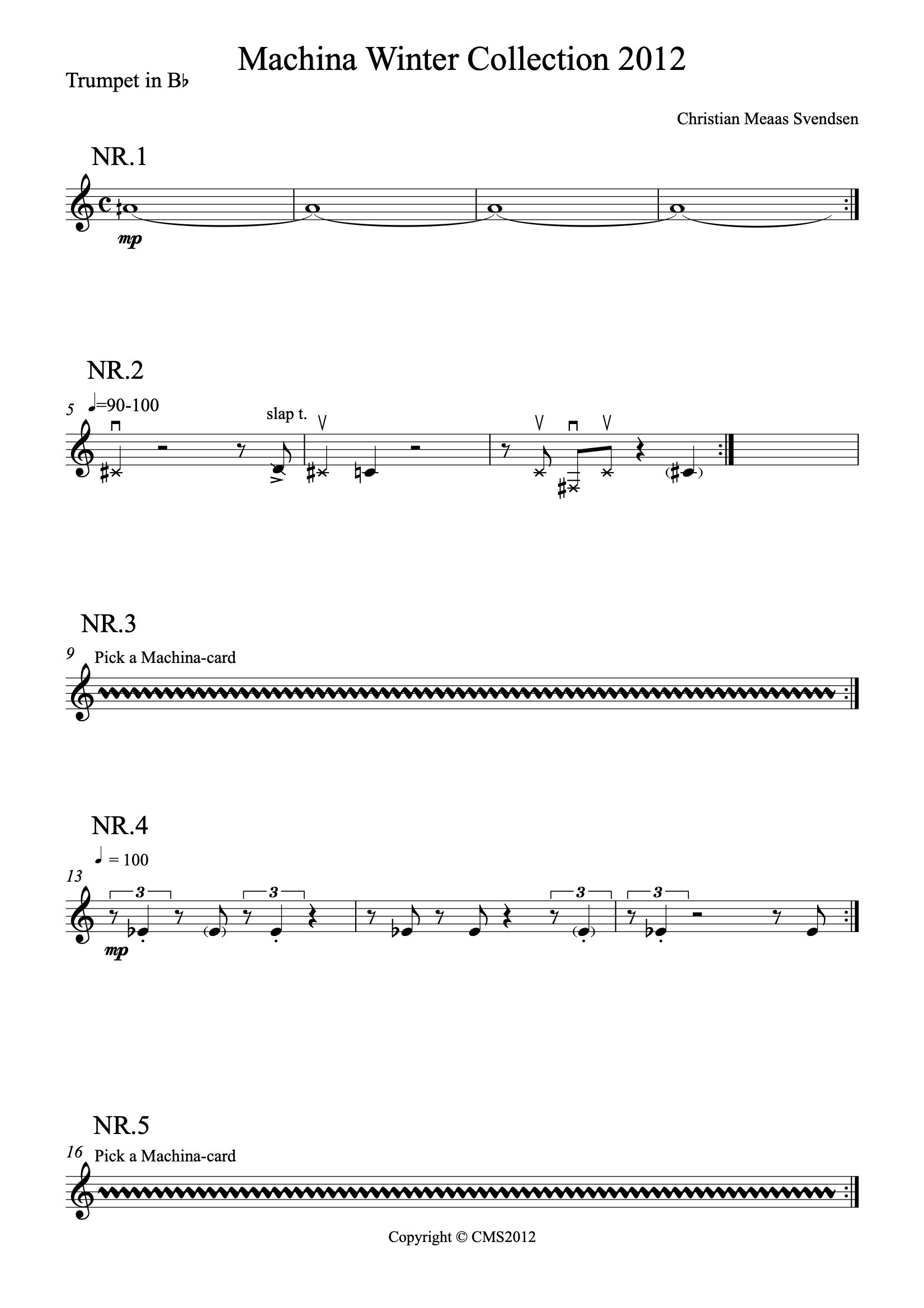In this section I’m presenting some of my more alternative scores. I have included .pdfs for most of these pieces, and if you for some reason want to play any of them live, I’d be honored – just remember to add credit where credit is due.






Broken Ladders, 2020
Game piece utilizing the a continuous row of Lydian and Mixolydian tonalities.
PDF here




Red Line/N.I.C, 2019
Red Line is a form piece based on the exact same system as Grand Line. It was written to compliment a map piece which diverged slightly from the maps in the Grand Line series.
Red Line, PDF here






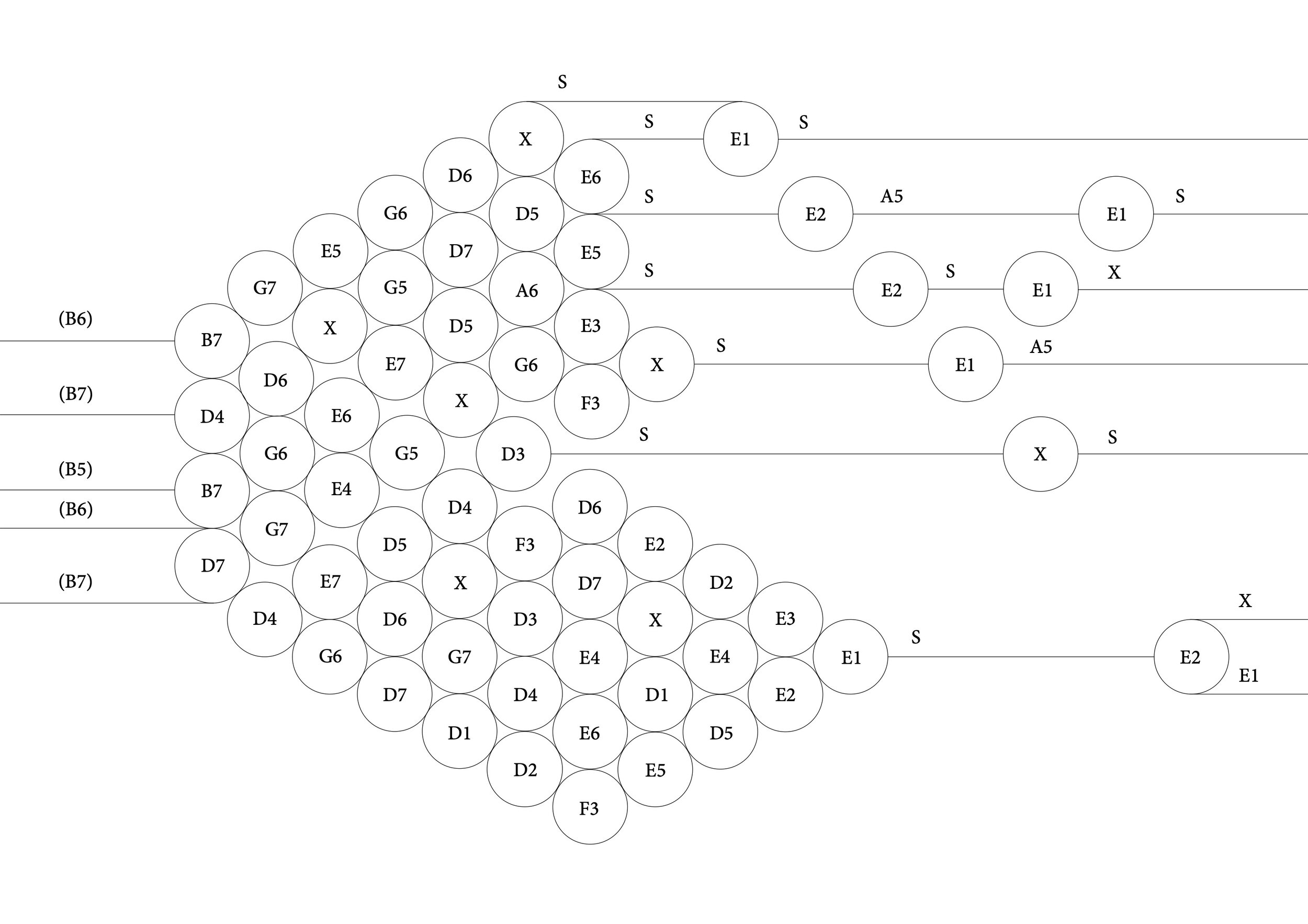




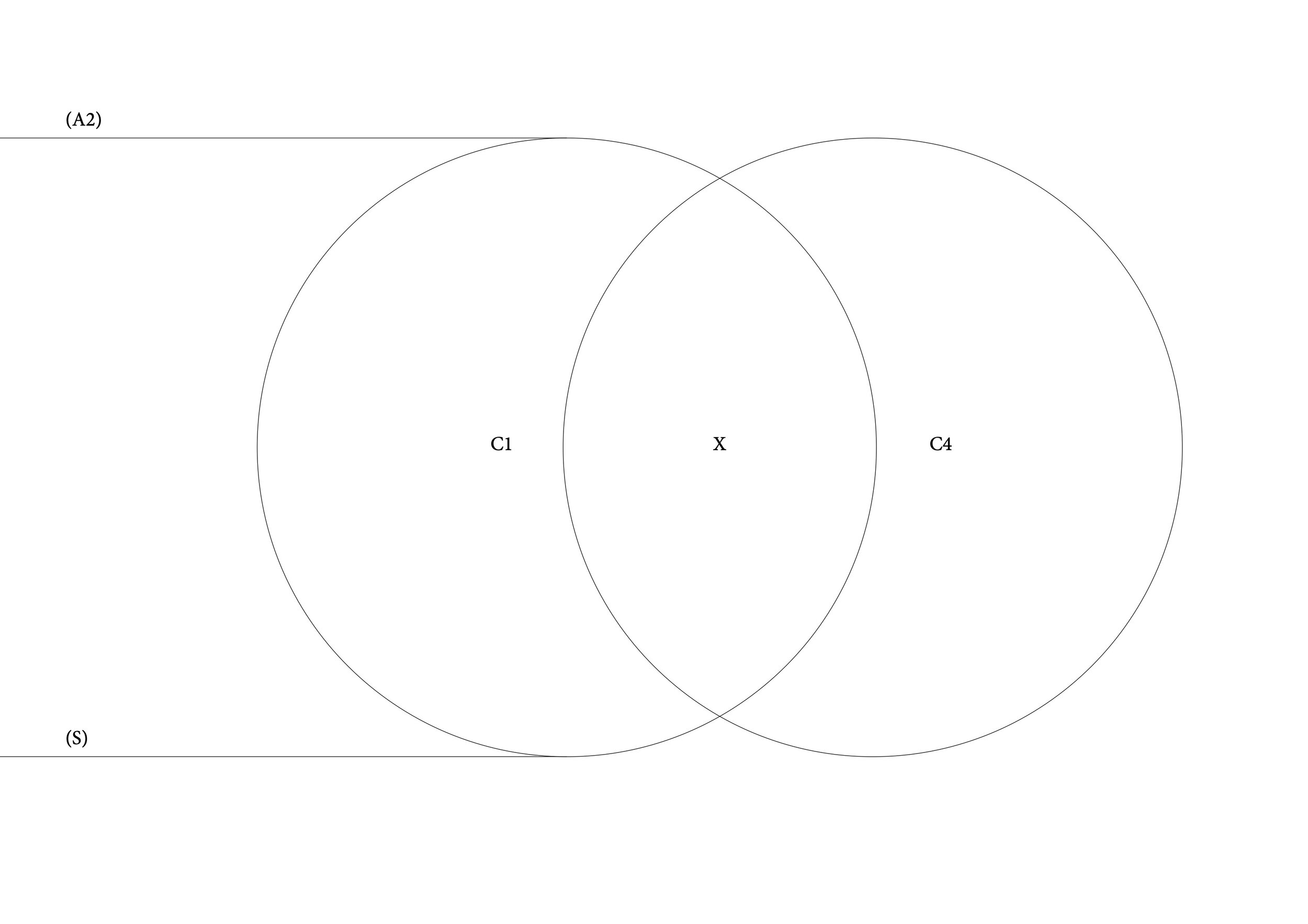
N.I.C, PDF here




New Rituals, 2018-2019
Compositions based on the structure of 10 Zen Buddhist chants/sutras. I made 3 versions of each sutra, and each 10-piece set was performed with a different line-up: (1) solo (2) Nakama (3) Nakama + chant choir. New Rituals was released as triple disc in 2019. I am only presenting some parts of the project here, and I won’t add any .pdfs for the sheet music.


Dai Segaki is one of the 10 sutras. These charts are all variations on a single approach





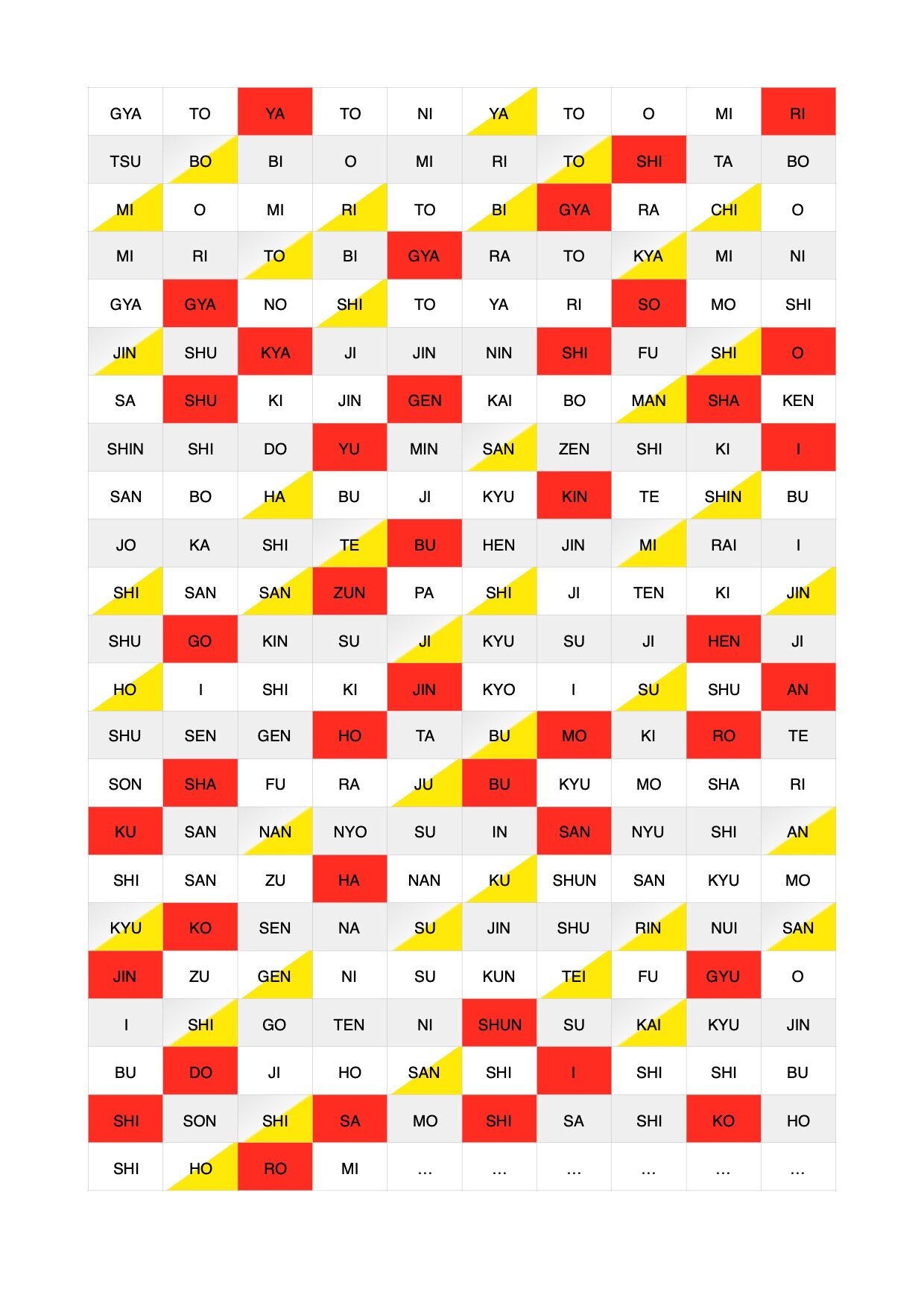






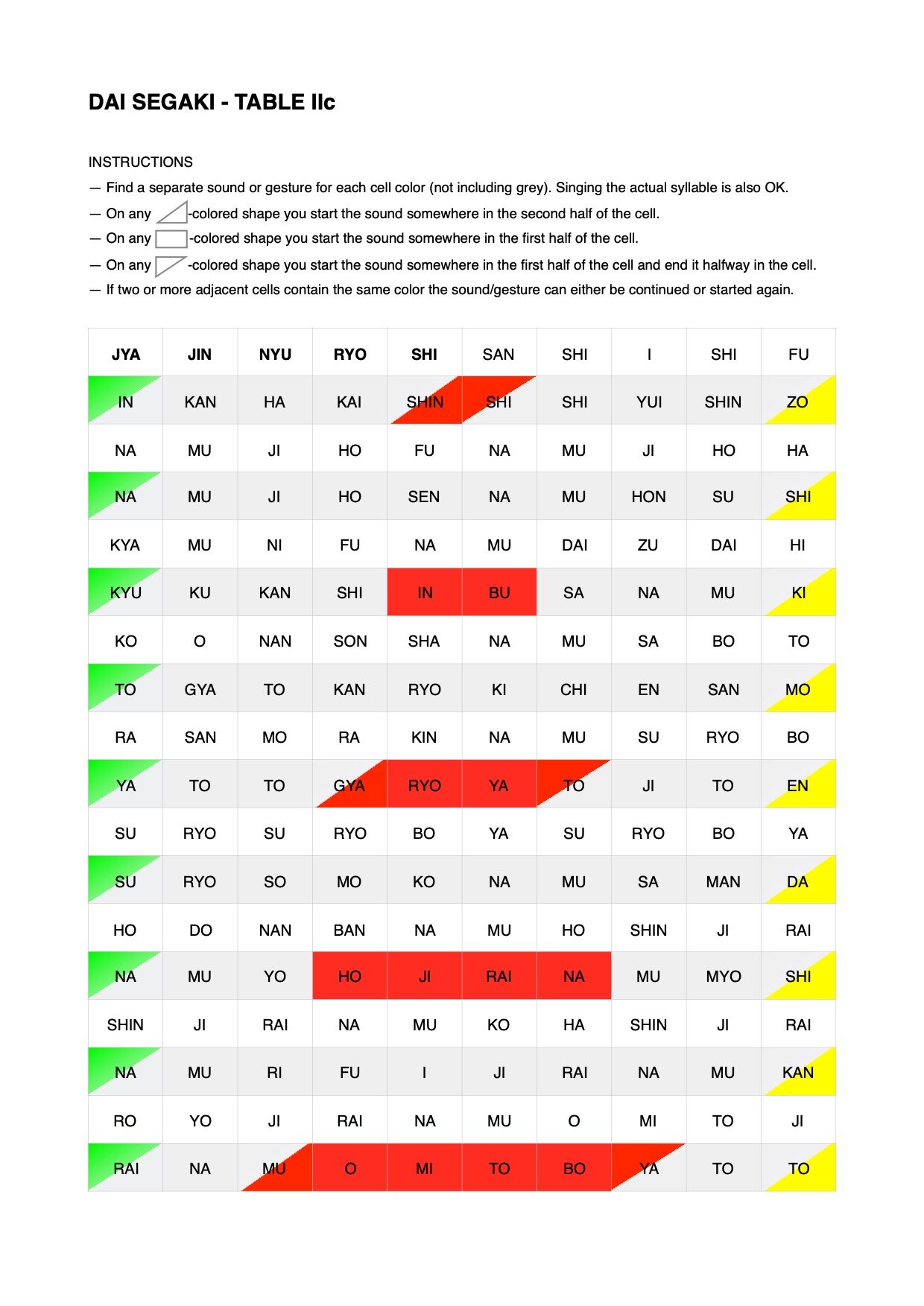







For one of the Lotus Sutra versions, the violin (and piano) had a 1-bar theme for each of the 170 unique syllables found in the chant. There are 2079 syllables in total: “I” is the most frequent one, occuring 76 times, whereas “Myaku” shares the bottom spot together with 25 other syllables. There are also recurring passages with chained syllables.
The second of the 10 sutras, Sho Sai Shu
Grand Line, 2016-2017
In an attempt to make a new connections between form and content, I came up with a two part system with “forms” and “maps” which can be freely combined. The first batch of these came in 2016, and was released as “Grand Line”. I also made a card deck which could substitute the form for an even more aleatoric approach.
Maps, PDF here





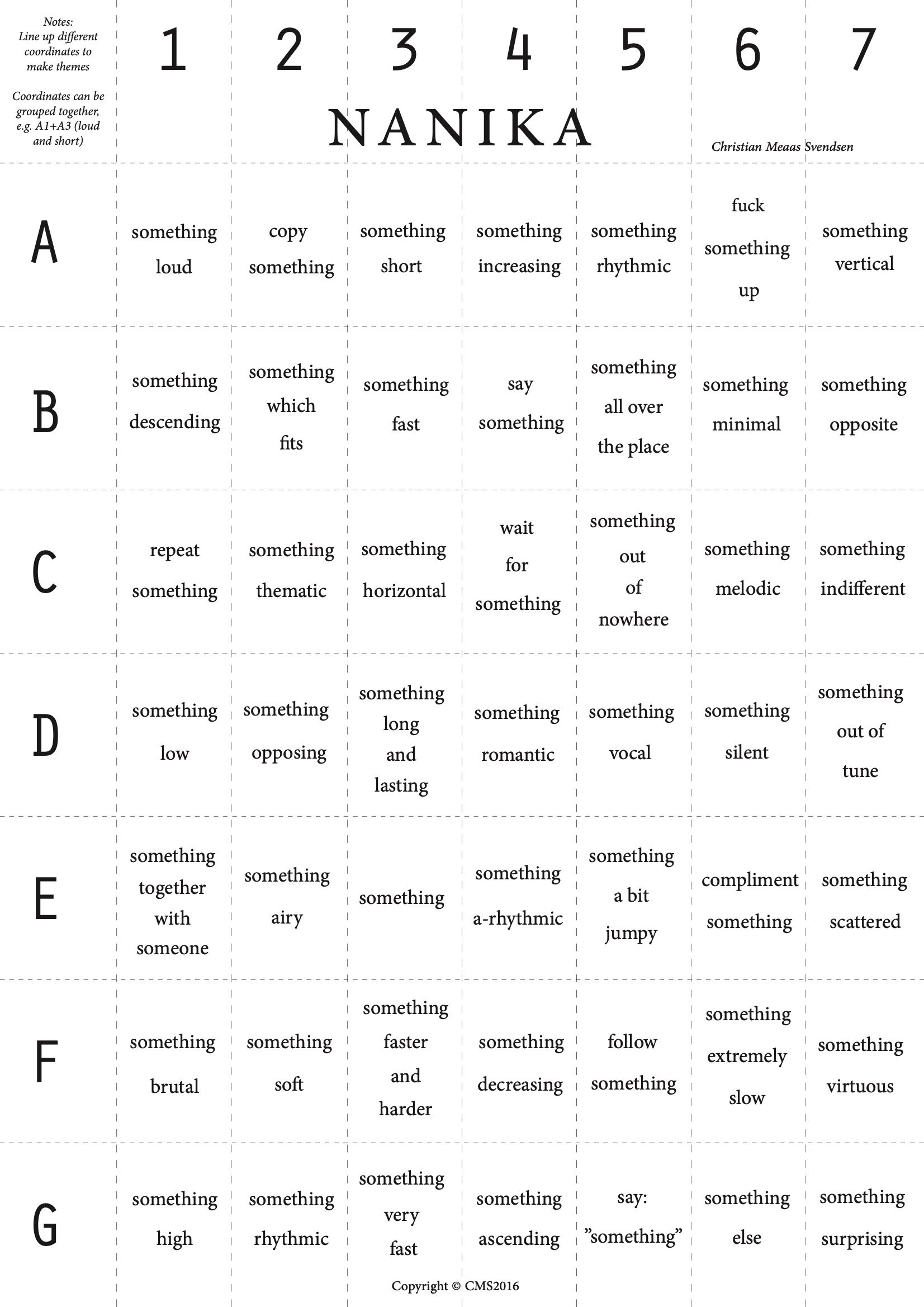


Grand Line form, PDF here





















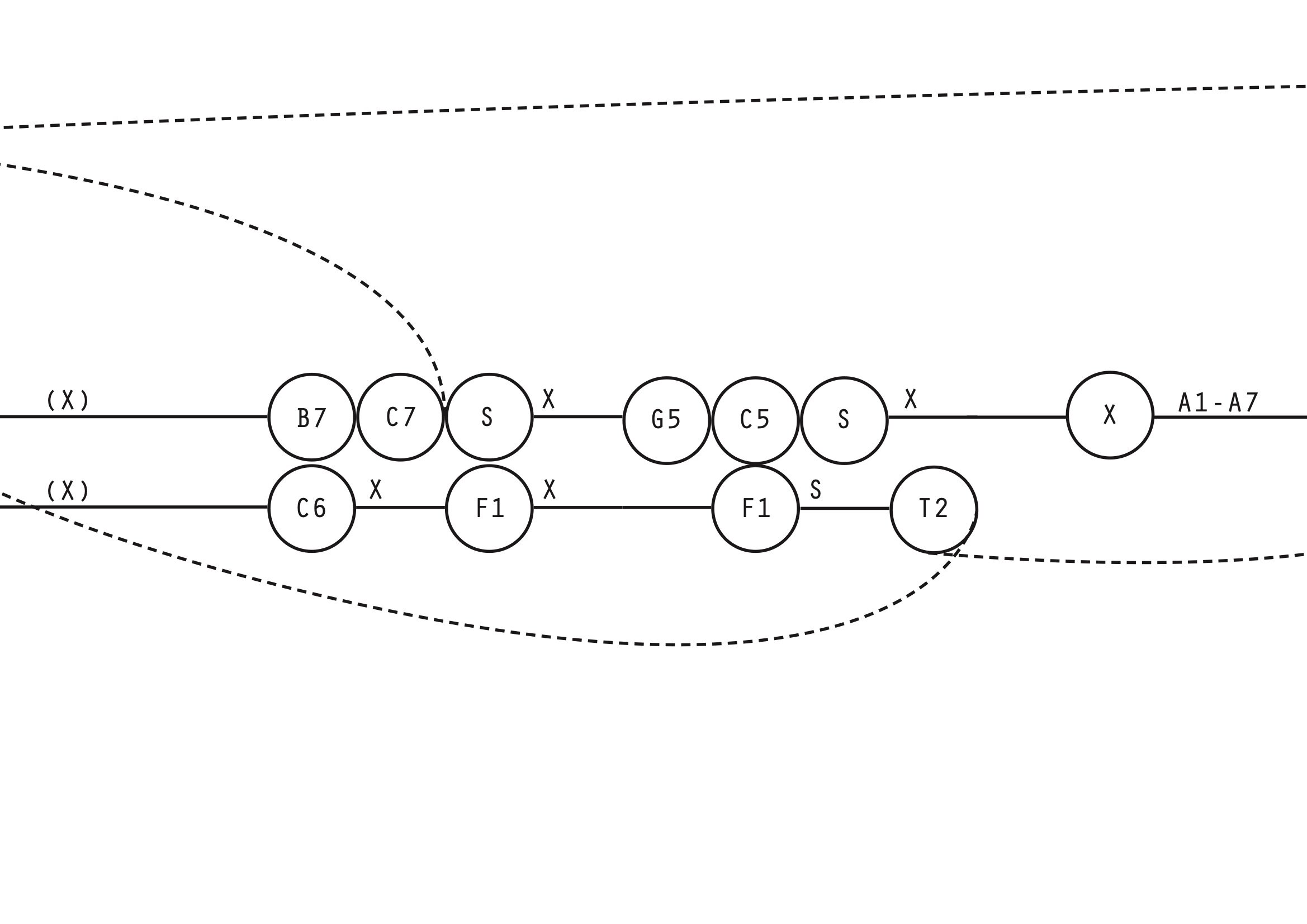
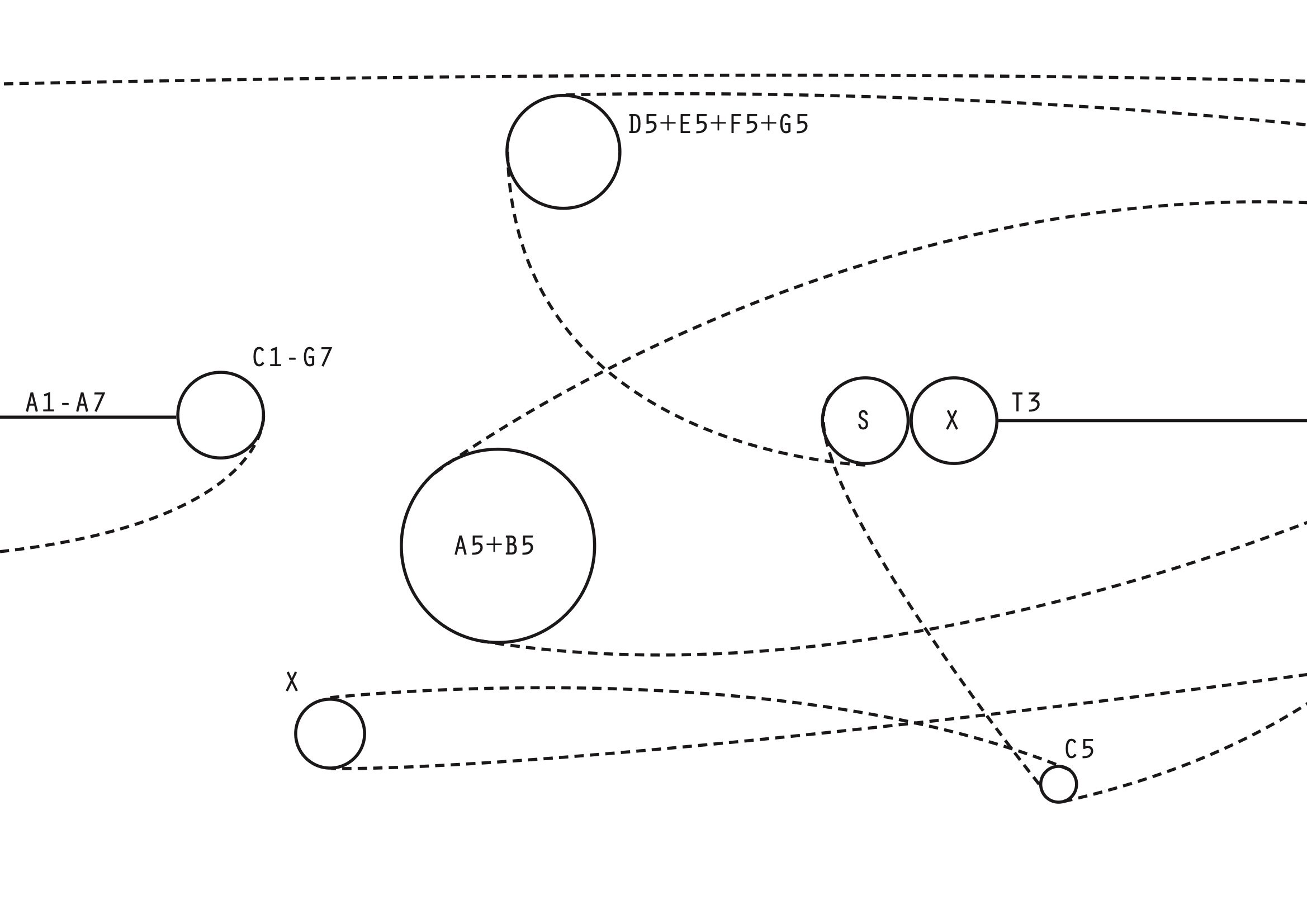





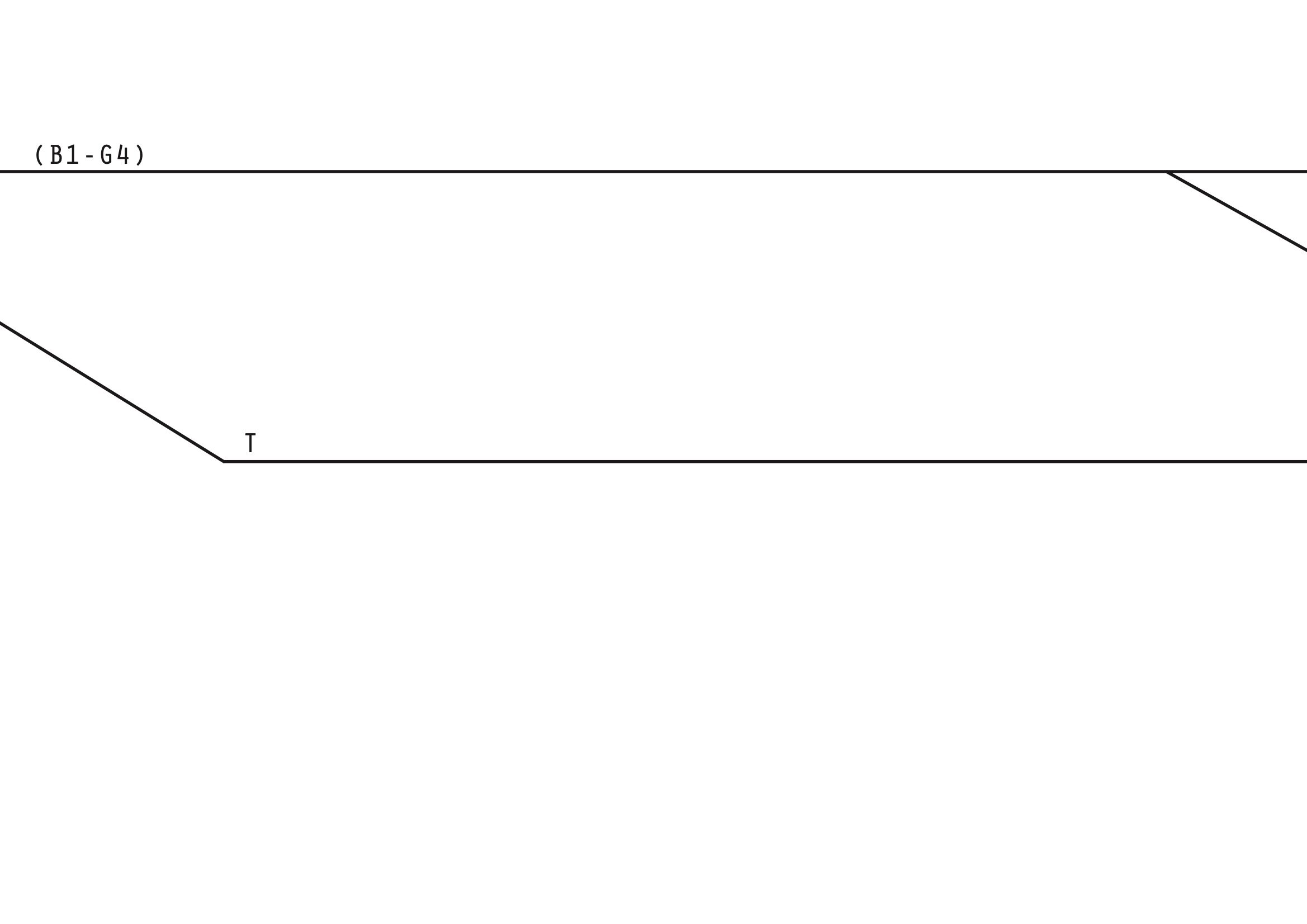
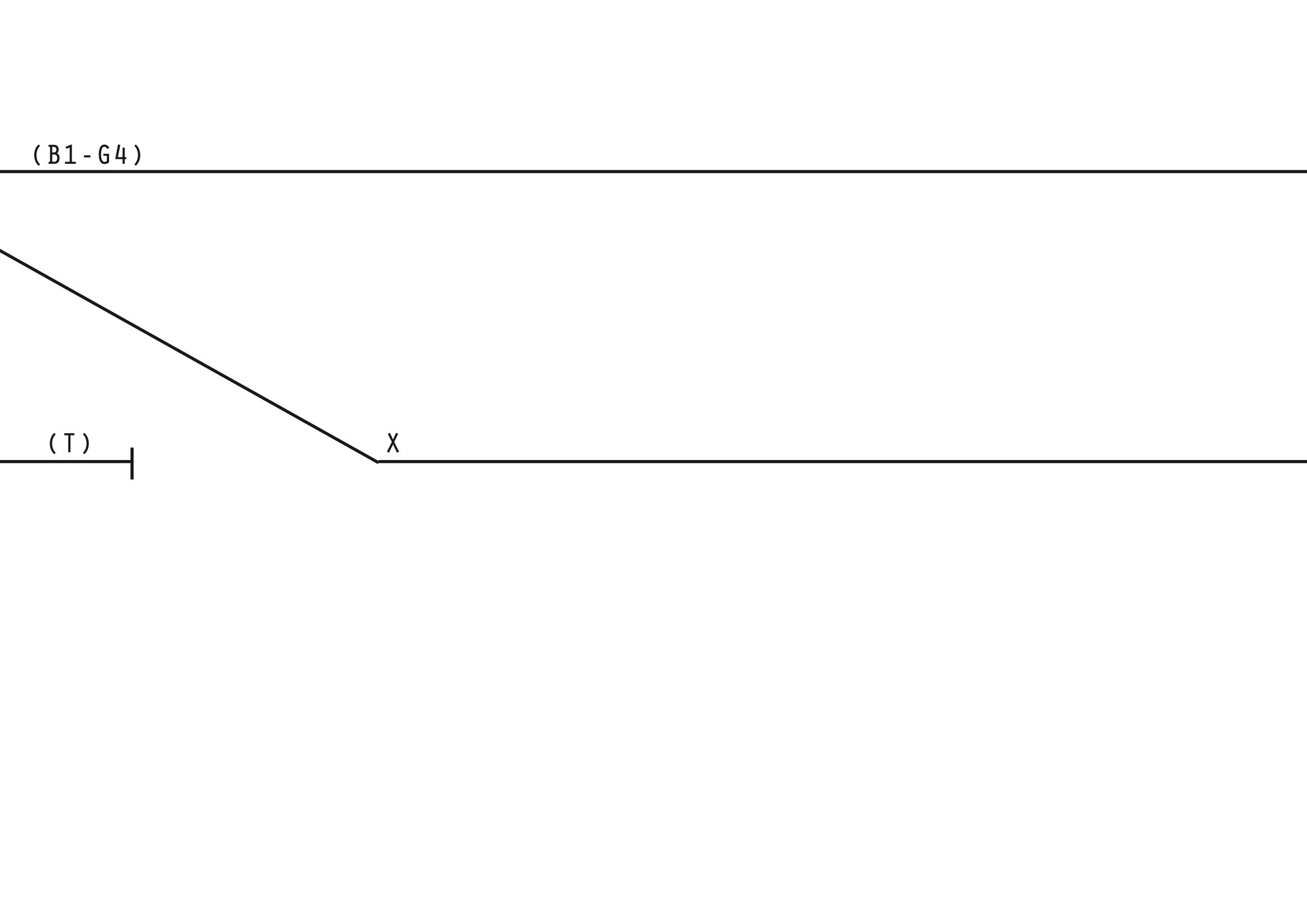



Other forms, PDF here








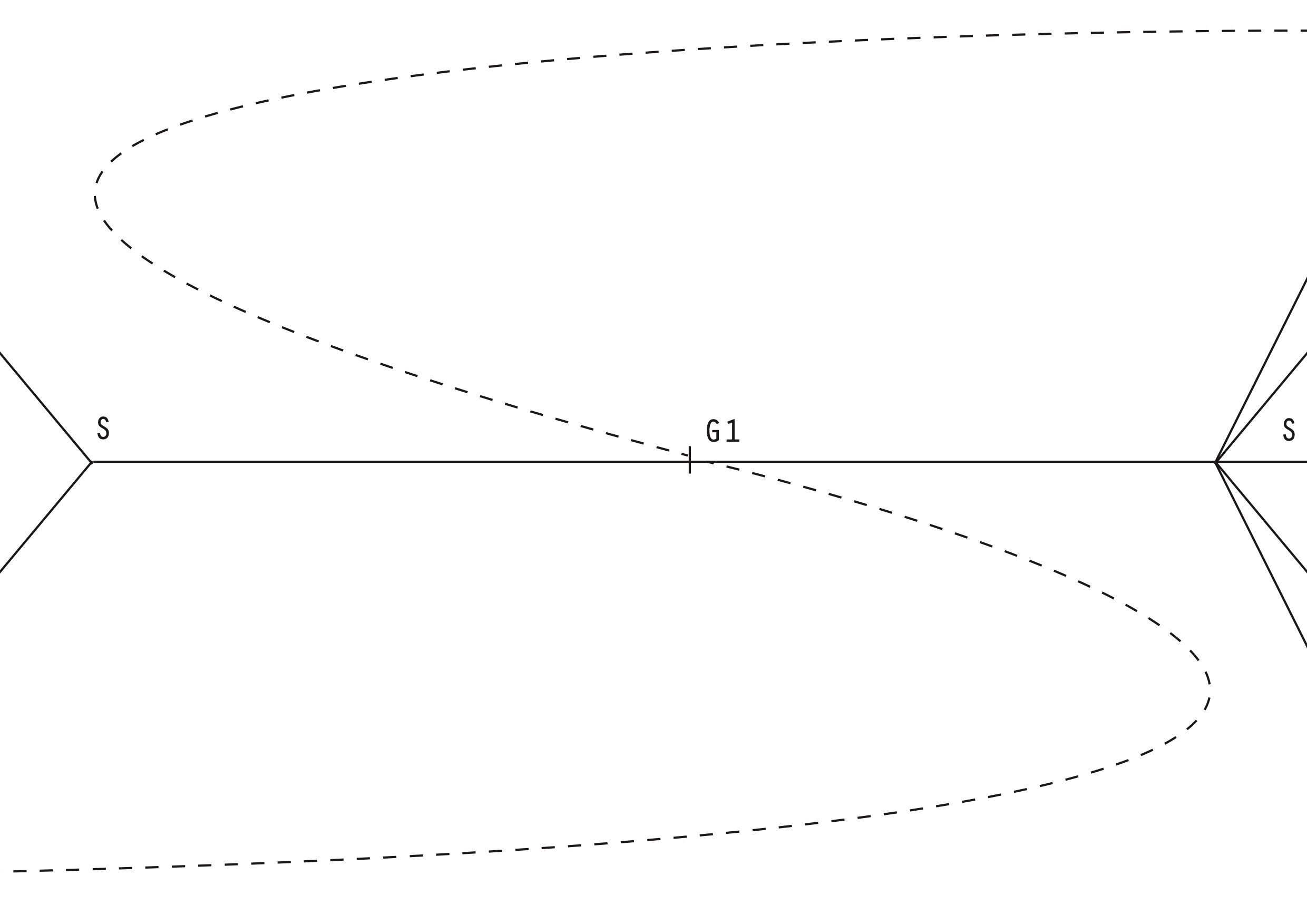
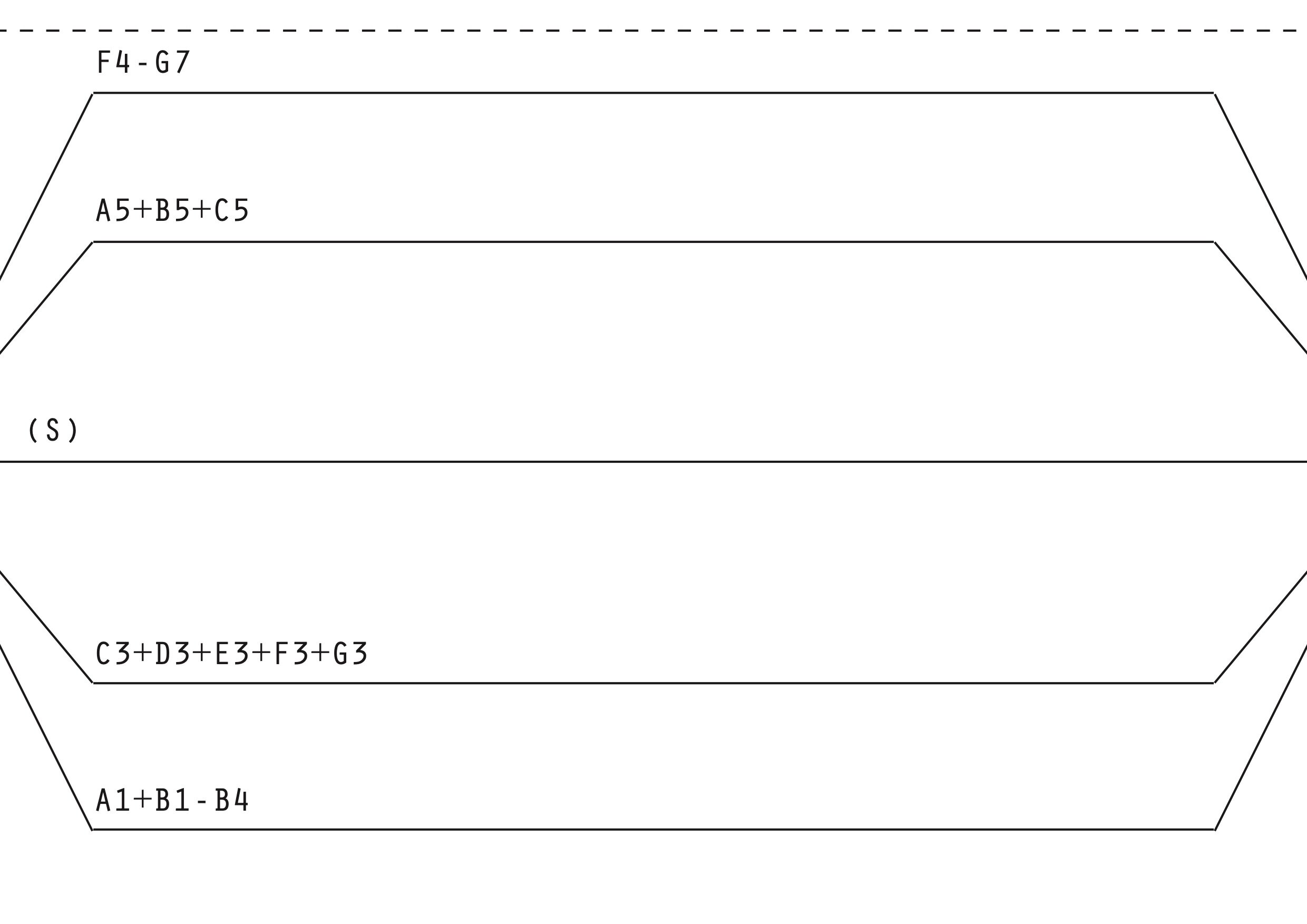
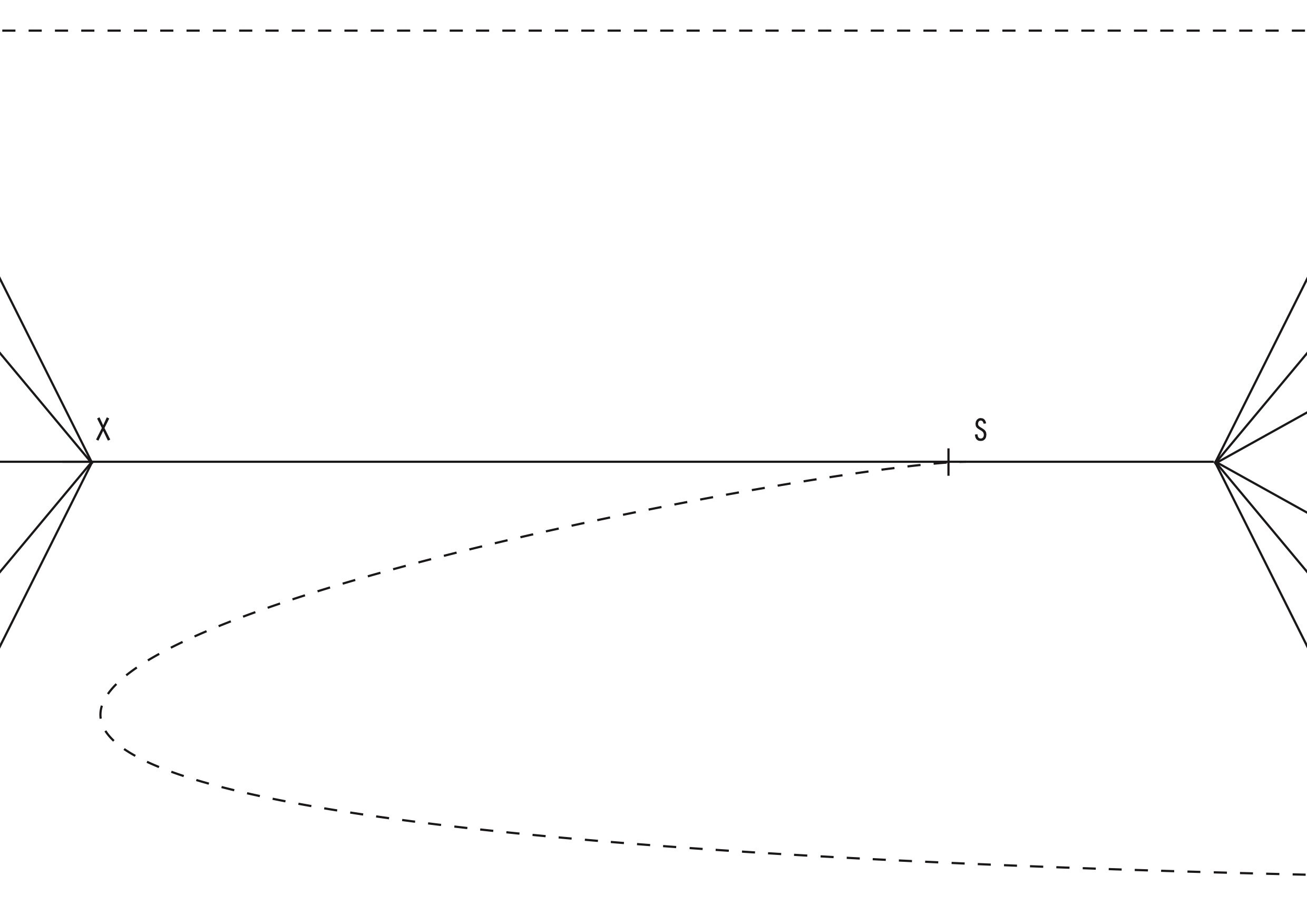



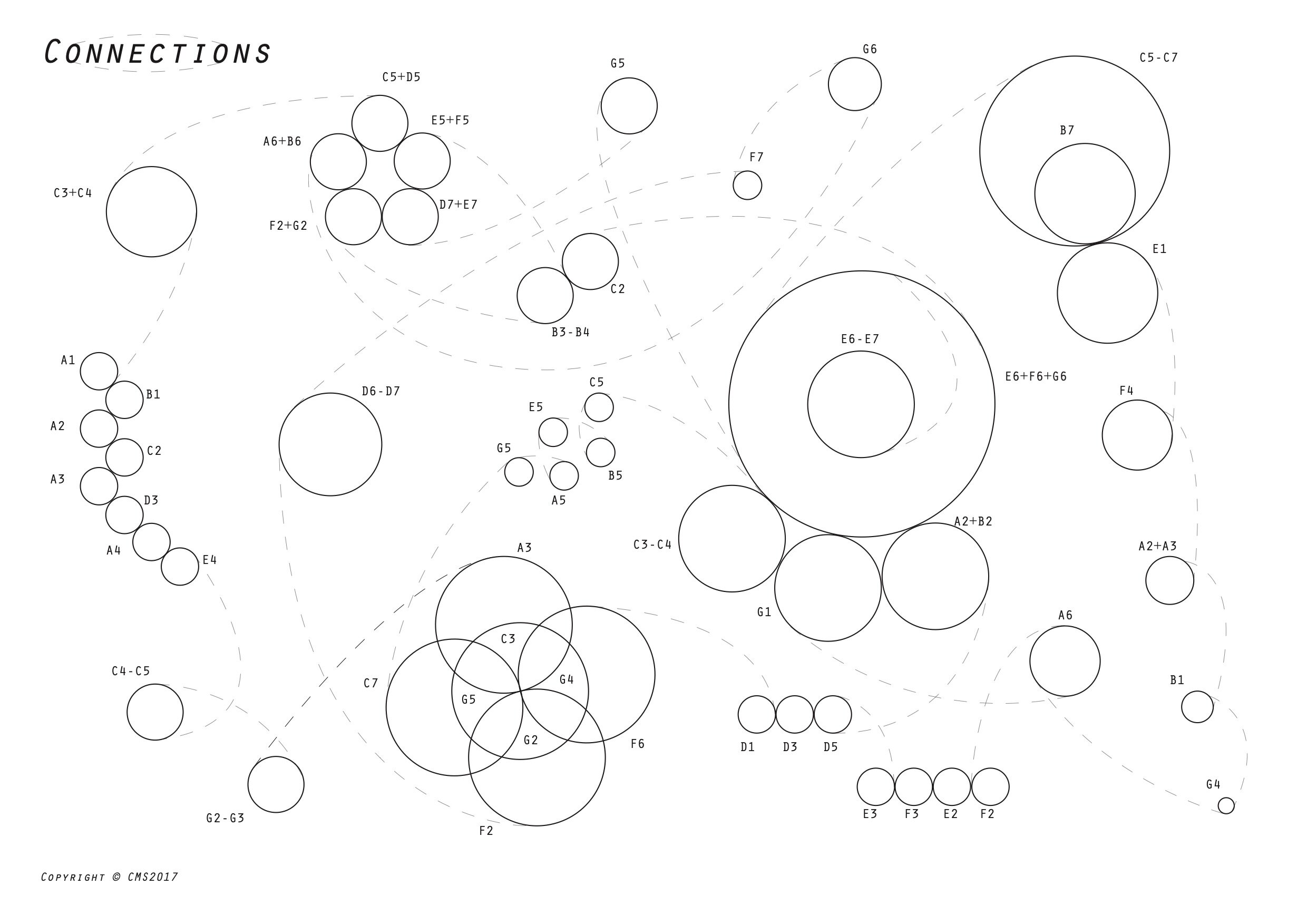
Card deck, PDF here
Yūgen, 2015
Yūgen is Japanese, and is usually translated as “mysterious profundity.” The piece is one out of four pieces, each of which has a different approach to silence. They constitute the first album released by Nakama, and also the first release on Nakama Records.
PDF here
JuleBAXt, 2012
During 2011-2013 I was organizing various “bass only” concerts. The series was names BAX and everything was “allowed” as long as… yeah, bass. I was asked to write something for several basses as part of an event, and although it was not a BAX event per se, in my head it still was.
PDF here




Machina, 2012
Inspired by the work of Jean Tinguely. Compositions and concepts formed around his machines and monumental art.
Instructions and preface, PDF here
Piece, 2012
The only thing I can remember from writing this piece is that it was done in one inspirational go while lying in bed, not being able to fall asleep…
PDF here






Re-circle, 2012
My first venture into scores with several references. Re-circle contains individual parts, a “master score” which all the musicians relate to and also an appendix explaining with instructions.
Preface and instructions, PDF here







Parts, score and musical cells, PDF here


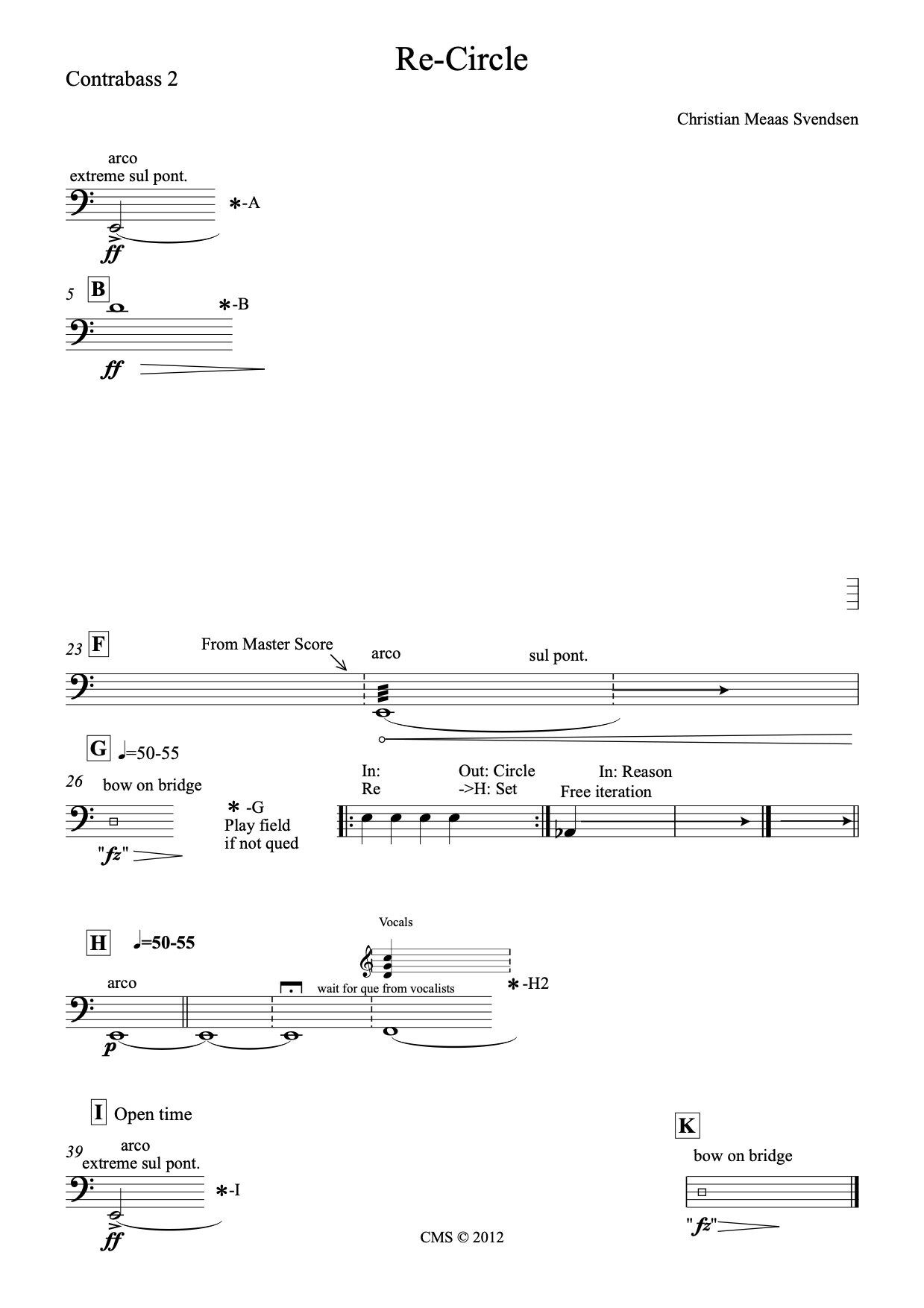



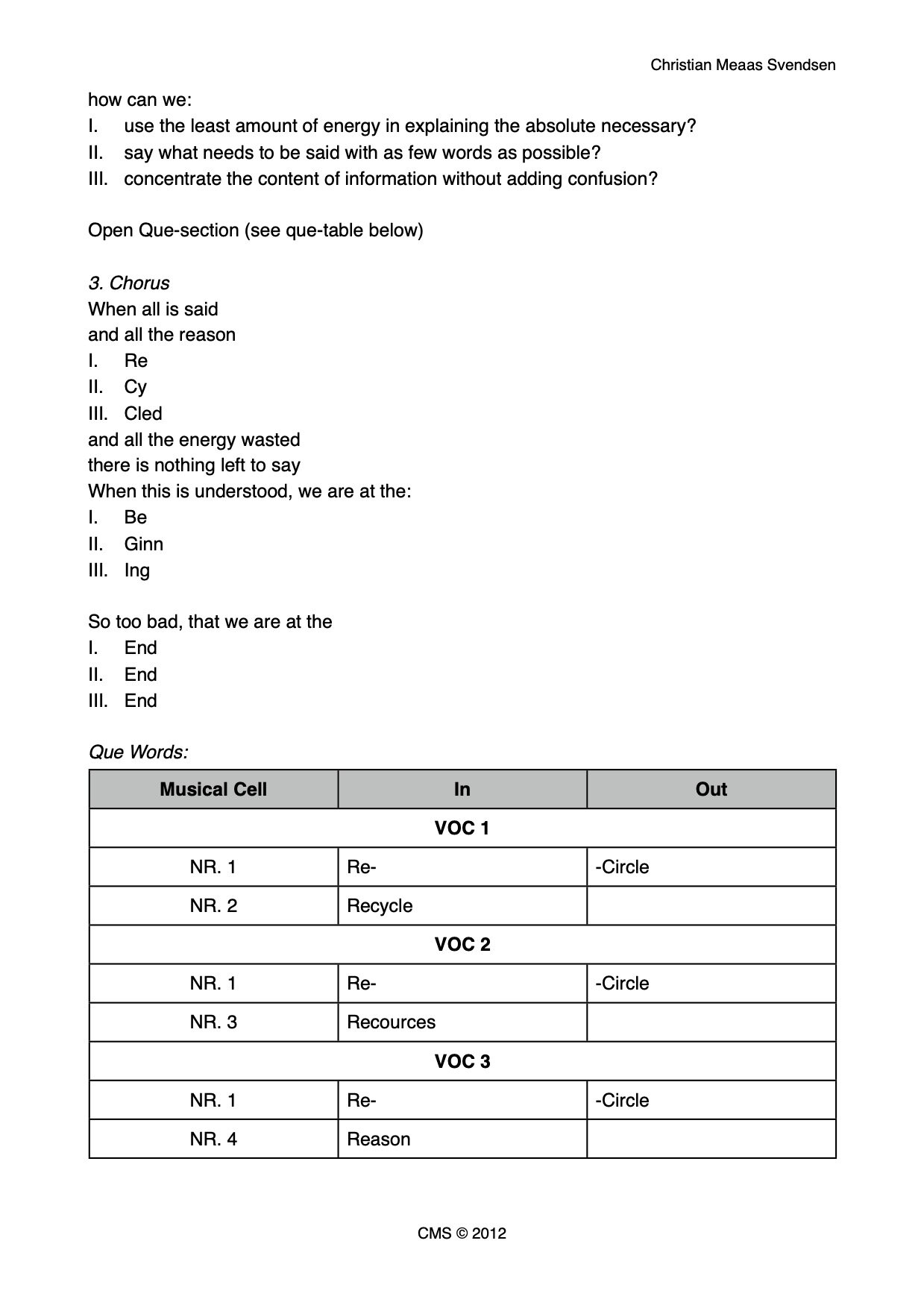
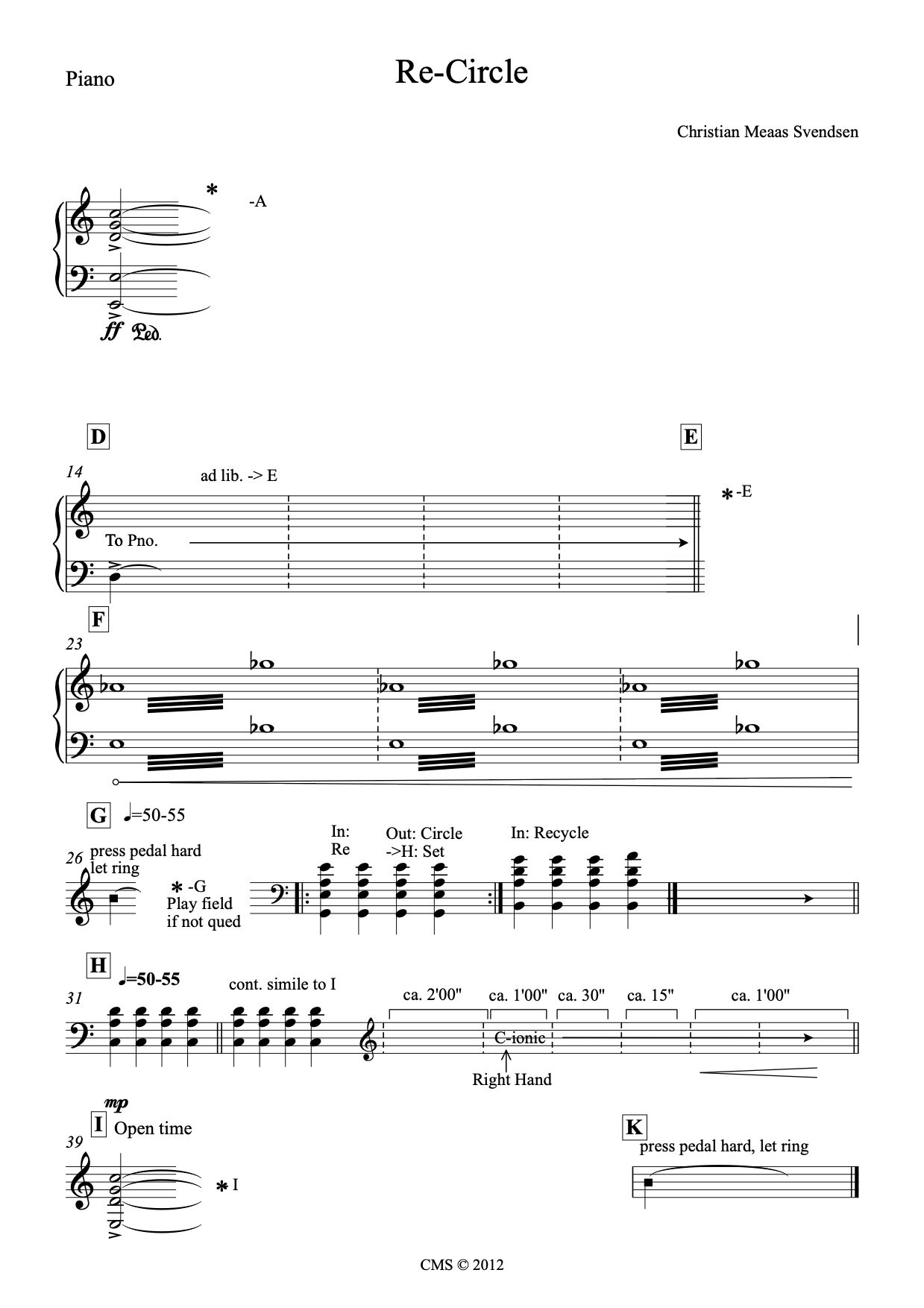




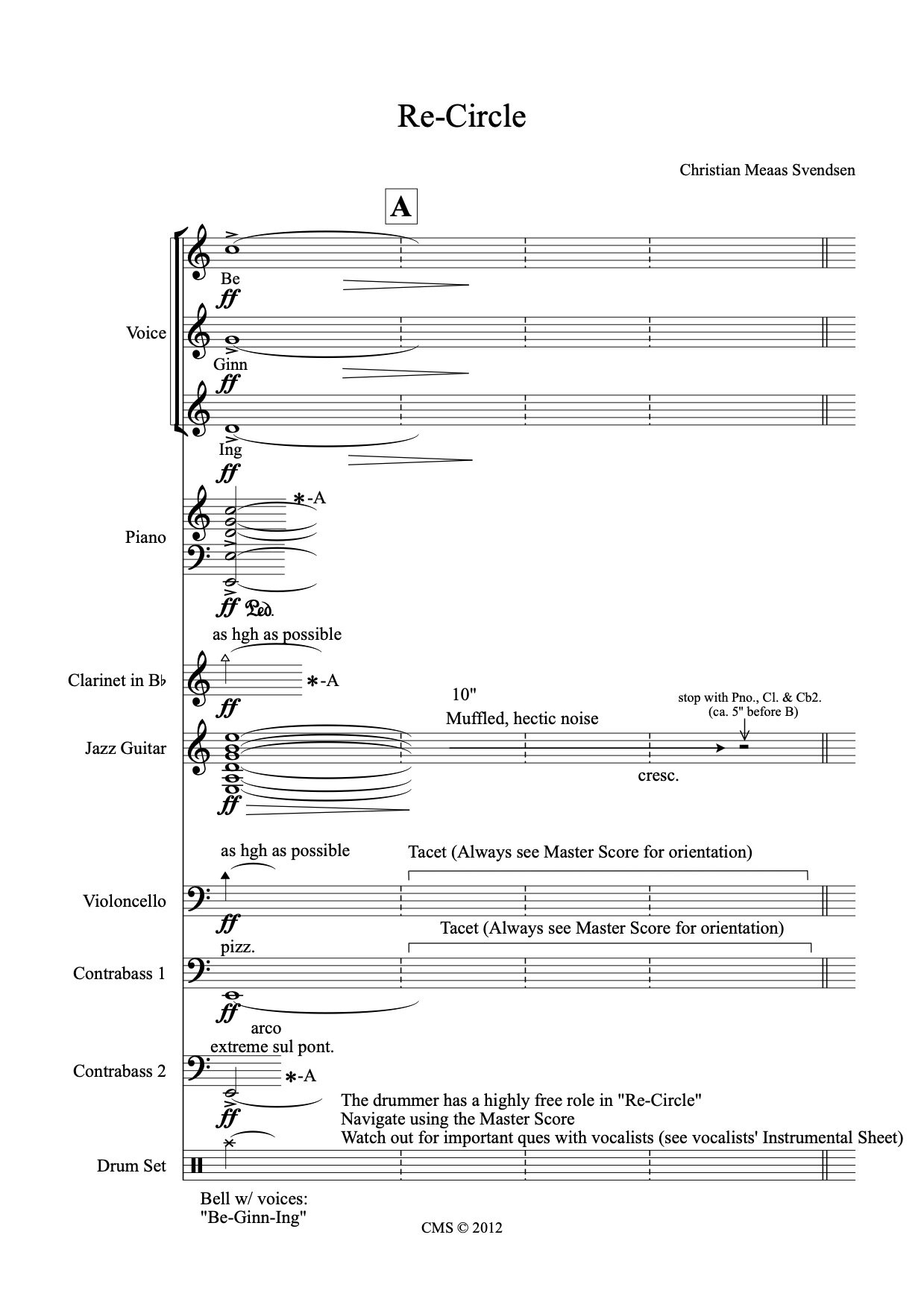









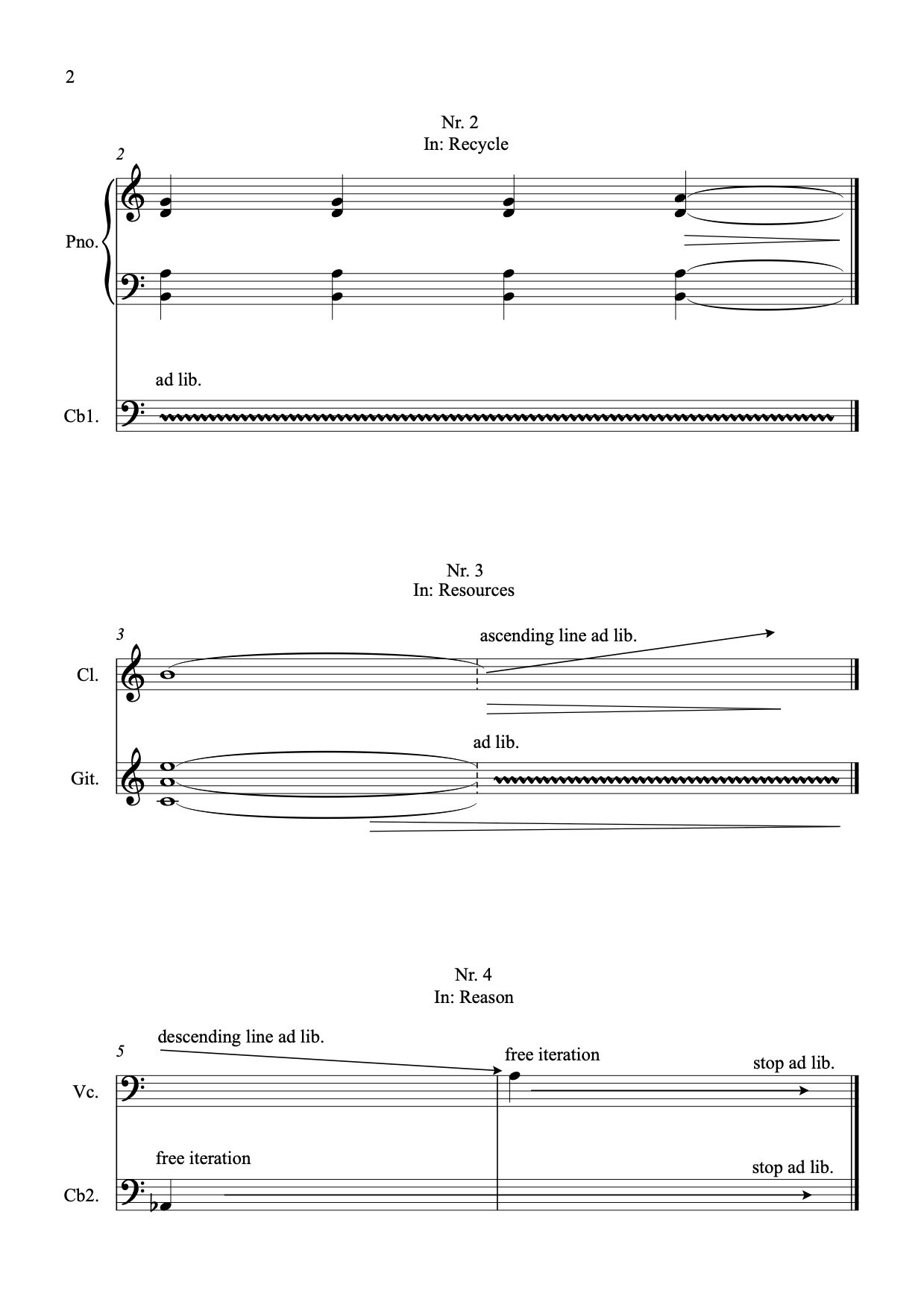
Master score, PDF here






63-CB, 2011
63-CB was written for a sextet I was working with as part of my bachelor degree. It utilizes all 63 ways of combining a sextet: solos, duos, trios, quartets, quintets and of course as a sextet.
PDF here
Attentive, 2011
This was written as a warm-up/attentiveness exercise for a sextet I was working with at the time.
PDF here



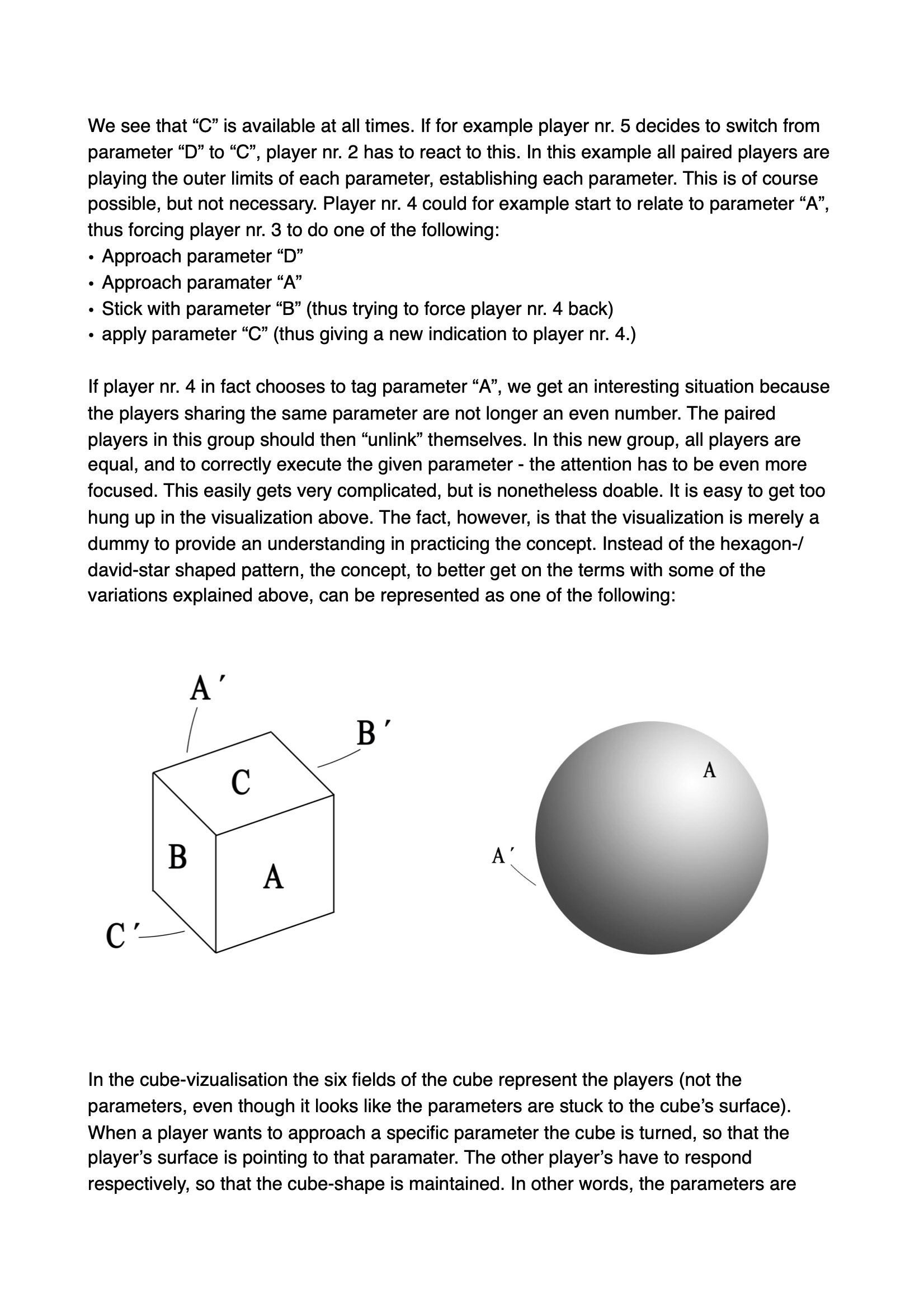

What do you make of it?, 2009
I made six versions of this piece. Each version consists of the exact same material, but with a varied degree of condensation. The version I’ve added here is the most condensed, and the only one I feel works
PDF here





